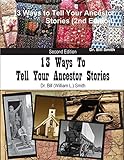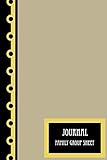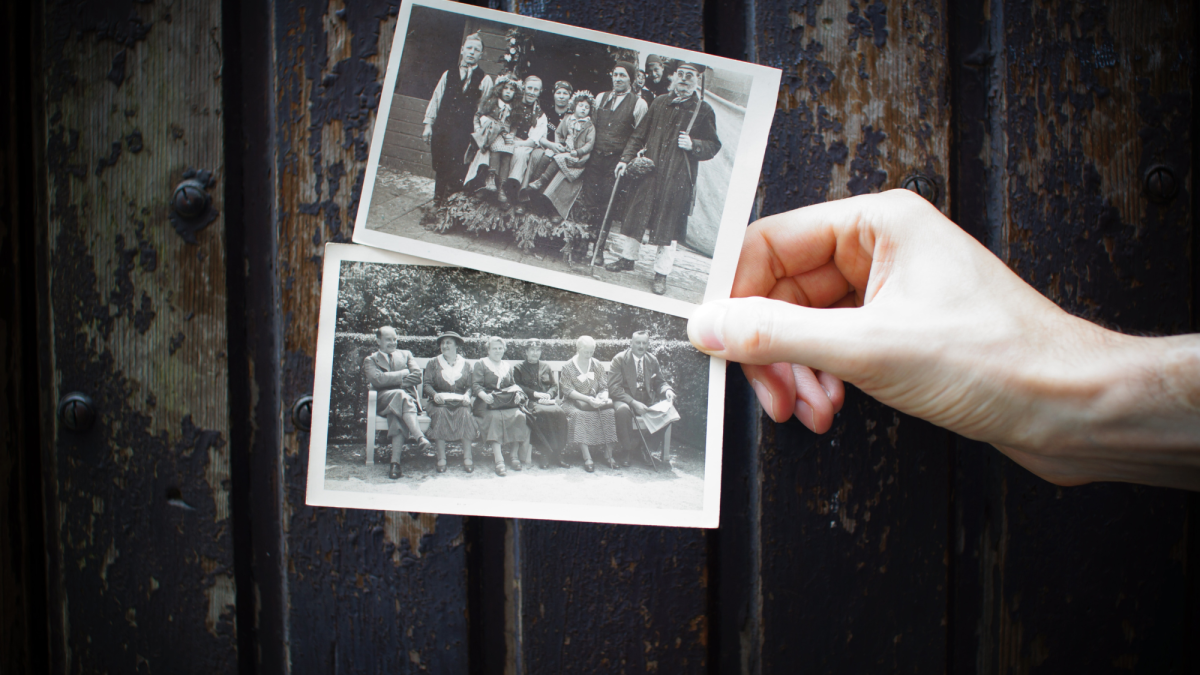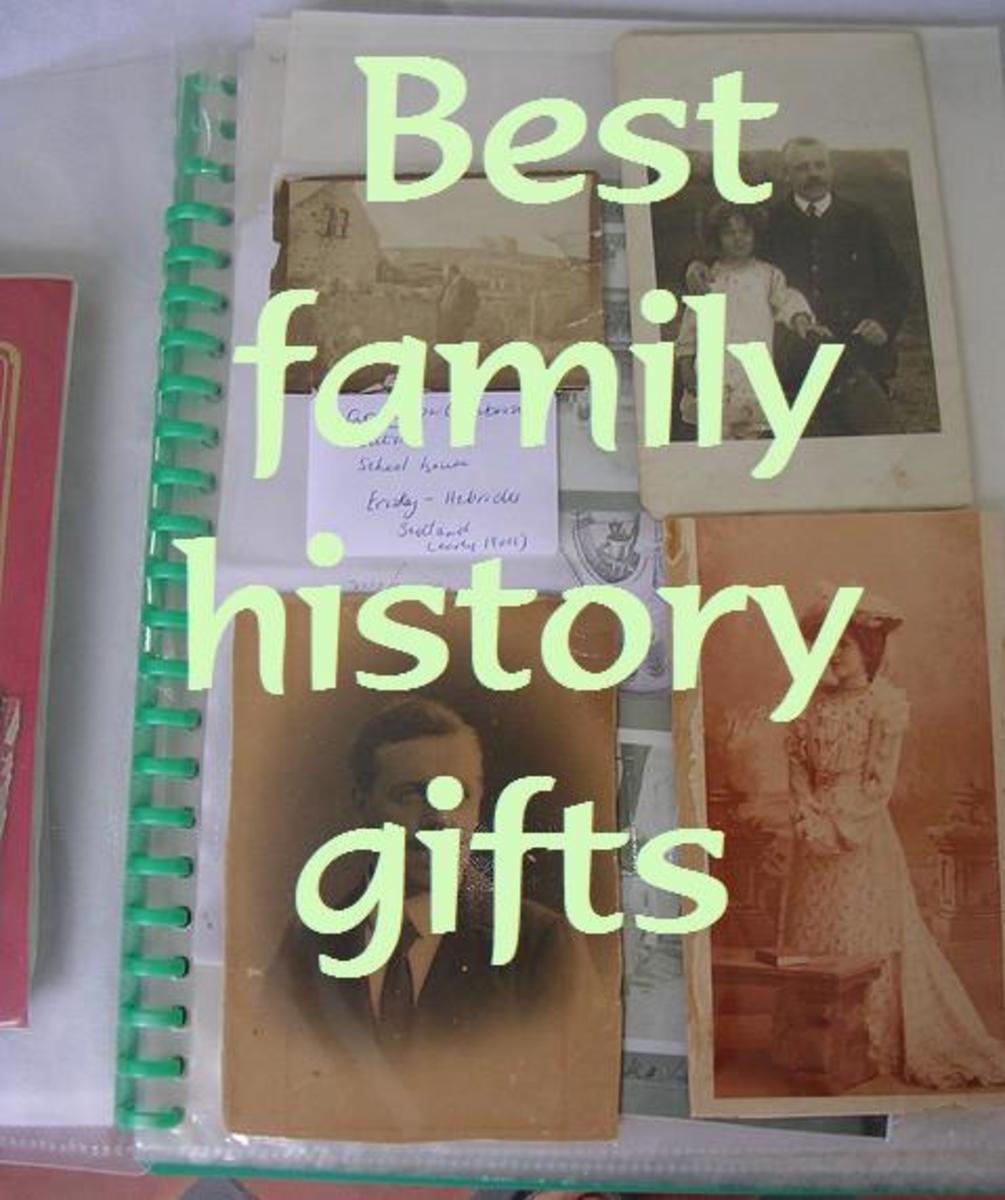7 Step Guide to Family History Study
A family tree graphic from WikiTree.com
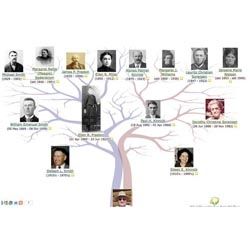
Want a Practical Guide to Family History Study? This may be just what you need!
Tucked away in the many (almost overwhelming) responses I received to my October 23, 2012, Lens of the Day on Squidoo, "Explore Your Family History," were comments from a number of active, busy lensmasters lamenting that they want to study their Family History but "didn't have the time," didn't know what to do, or some other such comment. It got me to thinking, again, about putting together a "practical guide" that might meet the needs of these folks.
This guide is not meant to compete with "serious" family history and genealogy study but to complement it for that niche market of folks, some of whom were mentioned above. As I provide more details on each step, here and elsewhere, I will insert additional information for those who wish to move to "serious" study - as I hope many, perhaps most, will. Enjoy your journey! ;-)
Step 1. Gather information from family and friends - This is where it begins - start right now, start making notes! ;-)
Two general rules set the 'starting point' for family history study: 1) start with yourself, and 2) work from the known to the unknown. Write down full name, date and place of birth of yourself and your parents. If and when available, also gather date and place of marriage, and date and place of death, if any are deceased. If (and when) you can obtain the same information for your grandparents, include that, as well. If there are step-, second or other persons in your family, gather that information on them, as well. Along the way, in gathering this information, you will find missing information - gaps in your knowledge. [See Step 5] Begin a 'To Do List' of the specifics you are missing.
Other members of your family may have information available that you do not yet have. Write it down. Friends of the family may have information to fill in gaps, as well. [Step 3 does apply here, but gather the available information as it is available] Also, as you talk to other family members, you may find that one or more of them have already gather some of this information. If they are willing to share, gather it. If not, ignore, for now. [Again, refer to Step 3]
This can all be done by hand, with paper and pencil or a simple computer-based word processor. By the time you have all this information, however, you are likely to realize it will be easier to use a simple genealogical software package, such as PAF, for example, to organize your data.
- My first article on Examiner.com on Family History Study
This is the first of dozens and dozens of article I have written on family history study. Start at the beginning with me, on this platform, if this interests you! ;-) Click on subscribe to me notified in an email each time I post a new article. - My primary family history blog - see how I approach the subject, regularly
You may, or may not, find inspiration in some of my regular postings. I encourage you to subscribe to the RSS postings to get it regularly on your computer. - PAF is a free software for Windows
If you use Windows on your computer, PAF is a great place to start building your family history database. If you use Mac, you have other options. I use Reunion software. I started with PAF, years ago. When I switched to Mac, I tried several programs - Link to Reunion Software
This is what I now use. For your information.
Genealogy Software on Amazon
Are you ready to take Step 1? - I'd really like to hear your reaction at this point! ;-)
Are you ready to take Step 1?
This is your first goal - names, dates, places and even photos of your family
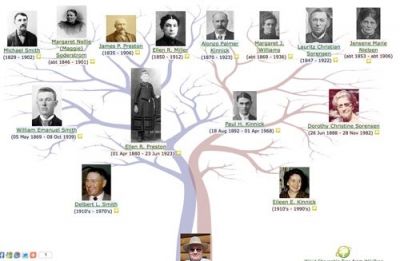
Step 2. Start online searches at FamilySearch and Ancestry.com
FamilySearch is a great place to start your online search because it is free, and readily available. At this point you should be working from your To Do List so that you can target your search, not just using random searches and browsing - feel free to do that, if you have time and inclination, but it is not the best use of your time… hours will fly by, perhaps with more bad information than good.
Much valuable information is also available at Ancestry.com for free, but a basic subscription will give you access to much more useful and valuable information. You can and will do your own cost-benefit analysis here, for your own distinctive situation, of course.
At minimum, you will want to search the U. S. Census records, available and searchable now from 1790 through 1940. Start with the most recent, with the family information you already have, and locate the individuals and families you already have… which will add other information to what you have collected previously. As you begin your searches, you will find information that may or may not be useful to you at this point. [See Step 3 for more comments on this]
- FamilySearch.org
At FamilySearch, you will want to Register with a username and password that you choose. You may want to examine the 1940 U.S. Census, first, for anyone in your family who would have been alive at that time. This is a great way to start your online r - Ancestry.com
If you are unsure whether you want to subscribe, look at the various tabs and options to see what is available free. At a later date, you can always decide to subscribe. Most folks, do, eventually, but do it on your own terms and with full knowledge.
Dr. Bill, making a point...

Step 3. Don't believe everything you see and hear - online or from family and friends
Collect information from all sources, but plan to verify each point
Even information from the 'most reliable' sources can be in error - from your mother, for example. Accept all information you can get, but realize you must VERIFY everything. [ This step begins to determine how serious you are, or will want to become, in your family history study - there is much more to consider here ]
Online family trees should be immediately treated as suspect. Use them only for hints - not for facts. Some are excellent and reliable - others (most) ARE NOT! It will take much more learning and study for you to really know the difference - so, I recommend you generally ignore this information until you are better prepared to make correct (or better) judgements. [See Step 4]
Even if it is me telling you something - image, at right, of me at my retirement reception, talking to a Dean - only accept what is said with the commitment that you will verify the information from another, independent, reliable source. OK?
I refer to this information you receive, especially from family sources, oral or written, as Family Tradition - ALWAYS verify Family Tradition information.
Family History on Amazon
Many useful books are available
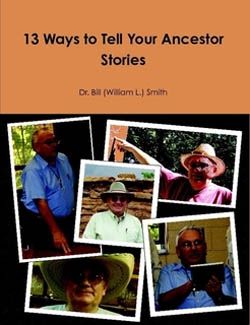
Step 4. Selectively read and study about the process of Family History Study
As the alleged number two hobby in the USA and a rapidly growing profession, genealogy and family history study is well documented and there are a plethora of learning and education opportunities online and in many locations around the world - including several cruises each year.
There are numerous books (this article is likely to be expanded to become an ebook), blogs, webinars, podcasts, websites, and other options and platforms that are available in the USA and around the world today. These will only expand as time goes by.
You have the opportunity to go as far as you want to expand your knowledge and hone your skills as you Explore Your Family History!
Second Edition of 13 Ways book by Dr. Bill
Timeline example

Step 5. Document information gathered, when and where; build a timeline
Before you hardly get started in your family history study you will begin to realize that you will be revisiting sources of information over and over. Each time you will see and recognize new information in the same documents you reviewed earlier - because you now know additional information you didn't know on your previous visit. Sounds a bit complicated but really isn't.
SO, record enough information on each piece of data you collect and identify to allow you to return to that source to review it again! We call this "Site your Sources." You will read and see much written about this process. You will improve over time in the techniques - the key is to be able to retrace your steps to return to the precise source of your information.
Building a timeline can be a very useful tool even early on in your Family History study. I bring it to your attention at this point as a fairly easy technique that may both quickly help you identify gaps in your information and tell you a larger story at an early stage of your study. It is up to you, of course, how much and how early you use this study technique. The image is the start of a timeline for my father just as an illustration. Other events may be added and gaps may be identified.
Step 6. Study each line of each couple in your past - and, use the FAN Club approach
This step takes you just a bit beyond 'the basics' but also begins to demonstrate the power available to you in your family history study. There are two major elements. First, do not limit your study to your direct male ancestors, your surname line, but always include study of the wife of each ancestor couple and her ancestors as well. Aunts and uncles on both sides of the family often play crucial roles in the lives of those family members we are trying to understand better.
Second, extend your search using the FAN Club approach which involves learning more about and from: Friends, Associates, and Neighbors of your ancestors (a technique credited to Elizabeth Shown Mills - anything she suggests we benefit from following!). Quite often, these folks can contribute to your understanding of your own family because of their close association even though they are not blood relatives.
- My Examiner.com article on the FAN Club approach
This article may be useful for you to understand the FAN Club approach a little better.
Family History Journals on Amazon
Dr. Bill Tells Ancestor Stories Blog
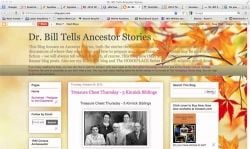
Step 7. Share what you learn so more will come back to you.
I am a huge advocate of sharing family history stories and information with others. You just never know when that sharing will reach a cousin, or someone, who knows something about your family that you do not yet know. They may even have photos of your ancestors, and may have the key to that missing information you are seeking. As you read more about family history you will hear many of these success stories. A blog is a good way to share. The image, right, is a screen shot of my family history blog: Dr. Bill Tells Ancestor Stories. Click on the blue link to see the blog itself.
It is one of "13 Ways to Tell Your Ancestor Stories." That is the title on my book on the subject. It is available from Amazon, below, or direct from the publisher, Lulu.com.
Amazon Spotlight Personal Review - 13 Ways to Tell Your Ancestor Stories
